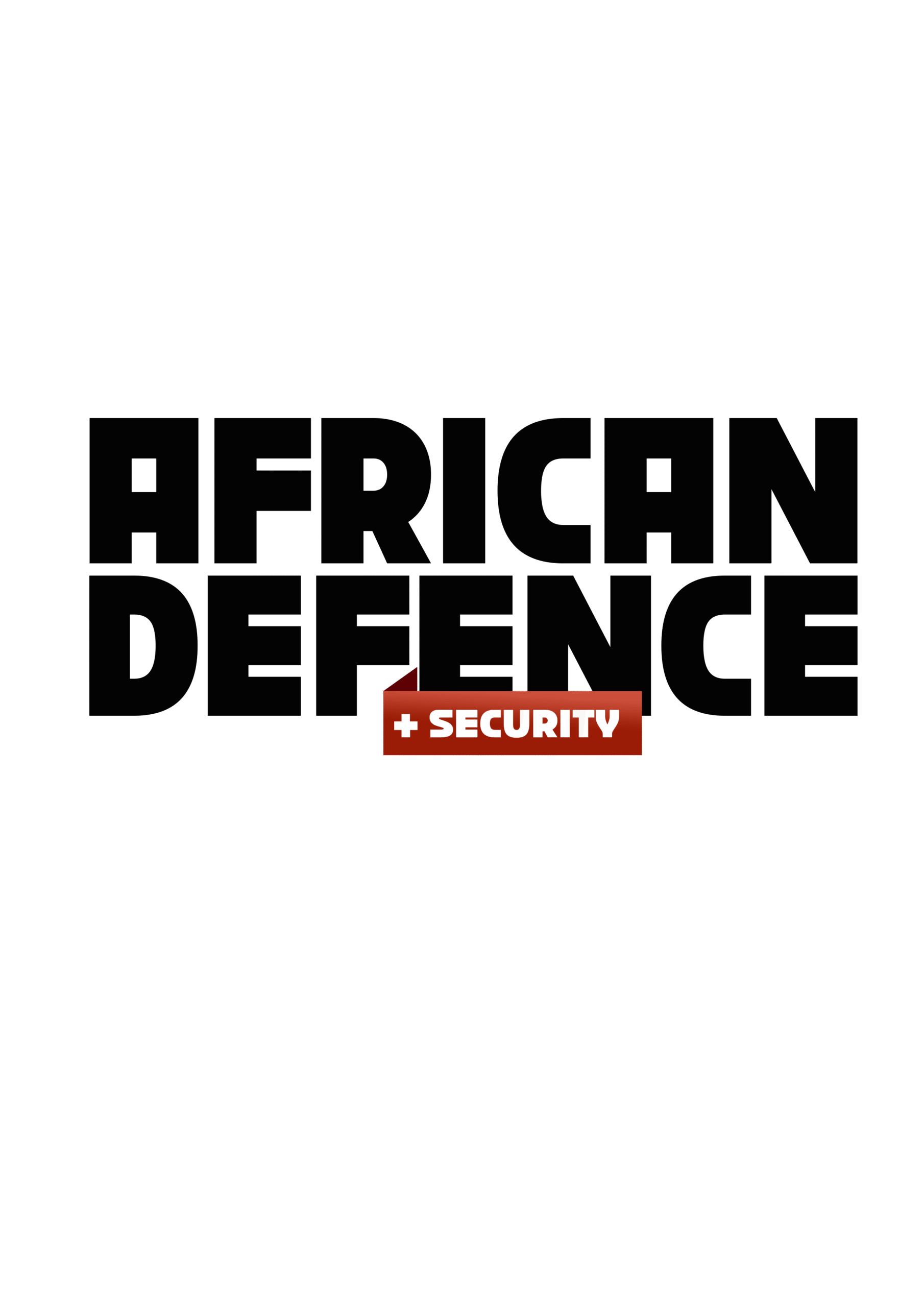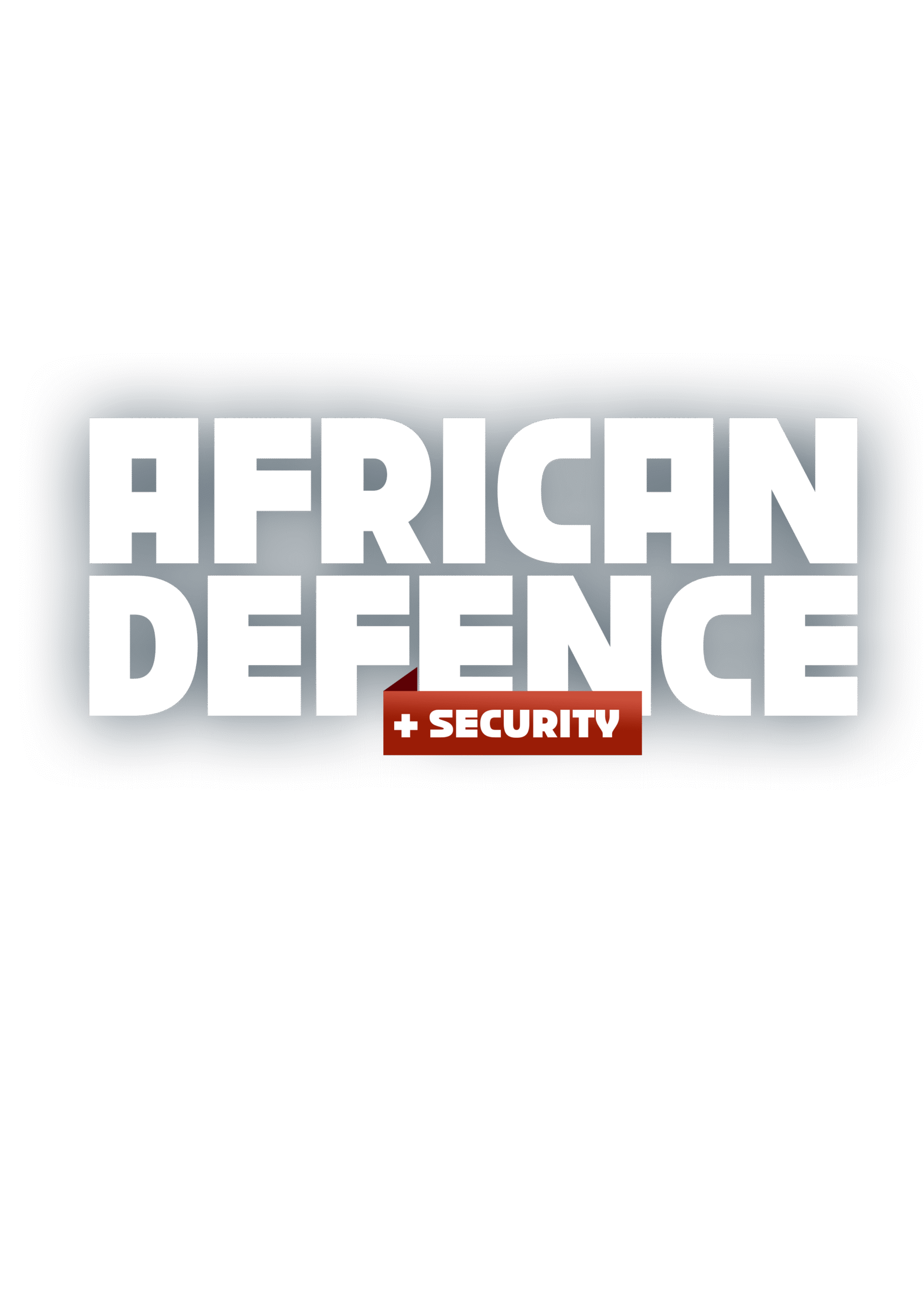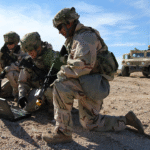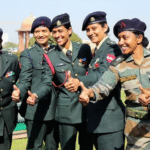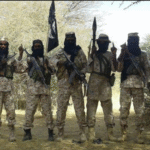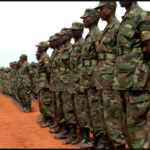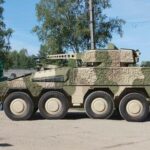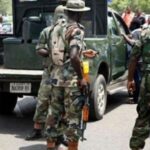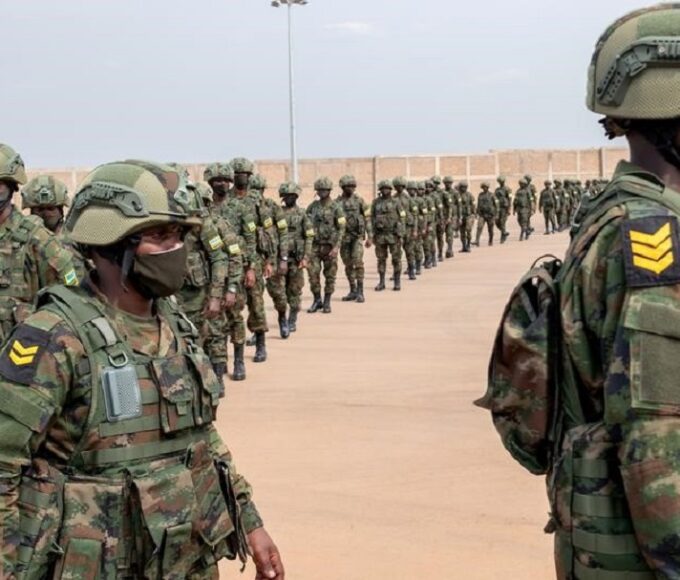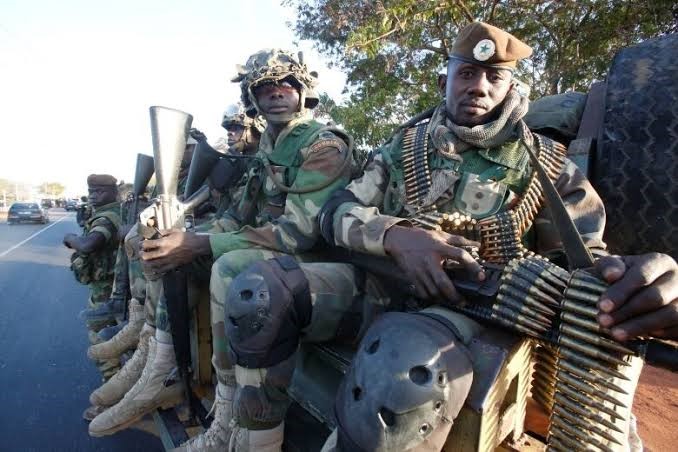Army Modernisation in West Africa: Ghana, Nigeria, and Côte d’Ivoire in Focus
This report examines how each country is transforming its army through new doctrines, cutting-edge technology, professionalisation drives, and international cooperation, while also facing the challenges of limited defence budgets, political turbulence, and asymmetric threats.

West Africa stands at the frontline of Africa’s battle for peace, stability, and sovereignty. From persistent insurgencies in the Sahel to piracy threats in the Gulf of Guinea, the sub-region’s security landscape has grown more complex, volatile, and transnational. In response, the armies of Ghana, Nigeria, and Côte d’Ivoire—three pivotal West African nations—are undergoing accelerated modernisation to reshape their land forces for contemporary and future warfare.
This report examines how each country is transforming its army through new doctrines, cutting-edge technology, professionalisation drives, and international cooperation, while also facing the challenges of limited defence budgets, political turbulence, and asymmetric threats.
The Case for Modernisation: A Regional Imperative
West Africa’s security crises—ranging from jihadist insurgencies, cross-border criminal networks, cyber vulnerabilities, and civil unrest—have exposed the limits of legacy military structures. Armed forces once designed for conventional threats must now confront non-state actors with global connections, equipped with drones, encrypted communications, and ruthless strategies.
The Economic Community of West African States (ECOWAS) has repeatedly emphasised the need for member states to upgrade military capabilities, improve regional interoperability, and reduce overreliance on external powers. In this context, Ghana, Nigeria, and Côte d’Ivoire stand out as bellwethers of army transformation, each pursuing unique yet converging paths of reform.
Nigeria: Leading by Necessity
Nigeria, as West Africa’s most populous nation and largest economy, faces the most severe and multi-dimensional security challenges: Boko Haram and ISWAP in the northeast, banditry in the northwest, separatist agitations in the southeast, and piracy in the Niger Delta.
Key Modernisation Initiatives:
- Army Transformation Roadmap 2021–2030: Launched by the Nigerian Army to restructure command, logistics, training, and firepower in line with modern battlefield demands.
- Equipment Overhaul: Procurement of VT-4 main battle tanks, ST-1 armoured vehicles (from China), MRAPs (Mine Resistant Ambush Protected vehicles), and drones from Turkey and the UAE. The army also received 60 T-72 tanks and various APCs over the last five years.
- Training Revolution: Establishment of new counter-terrorism and asymmetric warfare schools in Jaji and Gwoza, with partnerships with AFRICOM, the UK, and India. Simulation-based training and battlefield robotics are being introduced.
- Local Defence Production: Boosting collaboration with the Defence Industries Corporation of Nigeria (DICON) to produce ammunition and uniforms locally, while targeting arms manufacturing by 2030.
Despite these efforts, Nigeria’s army modernisation is hampered by persistent issues: inadequate maintenance of equipment, inter-agency rivalry, human rights allegations, and a defence budget that remains under 1% of GDP despite the country’s vast security obligations.
Ghana: Quiet Precision, Strategic Gains
Often overshadowed by its larger neighbours, Ghana has emerged as a model of professionalism and stability in West Africa’s security ecosystem. Though not directly threatened by insurgency, Ghana has proactively retooled its armed forces to deter spillover threats from Burkina Faso and beyond.
Key Modernisation Initiatives:
- Five-Year Defence Plan (2020–2025): Focused on intelligence gathering, mobility enhancement, and joint inter-agency coordination. A cornerstone is the development of specialised infantry and border control units.
- Acquisition Strategy: Ghana has procured new light tactical vehicles, Turkish-made Otokar Cobra armoured vehicles, and surveillance drones. The Ghana Army has also upgraded its artillery and communication units for real-time responsiveness.
- Special Forces Development: In partnership with the U.S. and UK, Ghana has trained Ranger and Airborne Units to NATO-level standards. In 2023, Ghana hosted Exercise Flintlock, showcasing its readiness and regional coordination capabilities.
- Cybersecurity Integration: Recognising cyber threats to national defence, Ghana has launched a Cyber Command Unit within its Armed Forces, one of the first in West Africa, tasked with protecting military networks and national infrastructure.
Ghana’s approach reflects a prevention-over-response doctrine. By building capacity before crisis hits, the Ghanaian military offers a template for balancing civilian oversight, efficiency, and deterrence.
Côte d’Ivoire: Rebuilding and Rebranding
Côte d’Ivoire’s army has undergone a radical transformation over the past decade. Once fragmented by post-election violence and mutinies, the Ivorian Armed Forces (FANCI) are now being restructured to confront a rising jihadist threat along the northern borders with Burkina Faso and Mali.
Key Modernisation Initiatives:
- 2016–2025 Military Reform Programme: This framework aims to rebuild troop morale, professionalism, and command integrity after years of instability. It includes an expanded defence budget—reaching $640 million in 2023, nearly double its 2015 levels.
- Northern Shield Doctrine: Côte d’Ivoire has deployed Special Forces Battalions and Rapid Reaction Units to the northern regions of Korhogo and Boundiali, supported by French and EU trainers. Key tactics include cross-border surveillance, drone operations, and counter-IED procedures.
- International Partnerships: FANCI units now train regularly with the French Operation Sabre, the U.S. Africa Contingency Operations Training and Assistance (ACOTA) programme, and Italy’s Sahel-focused training initiatives.
- Civil-Military Relations: Emphasis on community engagement and local language training to improve intelligence gathering and reduce tensions in high-risk zones.
Despite remarkable gains, Côte d’Ivoire still faces structural issues—delays in equipment procurement, incomplete demobilisation of ex-rebel units, and limited joint operations capabilities.
Shared Challenges and Common Goals
Across these three countries, modernisation efforts are guided by a common goal: building agile, responsive, and accountable armies capable of tackling evolving security threats while respecting constitutional norms. Yet they face several shared obstacles:
- Budgetary Constraints: Defence spending in West Africa remains modest, averaging 0.8–1.2% of GDP, far below global standards.
- Corruption and Procurement Transparency: Arms purchases are often opaque, raising concerns about value-for-money and political interference.
- Human Capital Gaps: High attrition rates and a limited pool of cyber specialists, engineers, and linguists hamper technical force modernisation.
- Civilian Oversight: Ensuring democratic control over expanding military capabilities remains a work in progress, especially amid growing authoritarian trends in parts of West Africa.
Regional Interoperability: A New Strategic Frontier
Given the transnational nature of today’s threats, army modernisation must transcend national borders. Ghana, Nigeria, and Côte d’Ivoire are increasingly participating in:
- Joint Border Security Task Forces
- ECOWAS Standby Force Development
- Multinational Training and Intelligence-Sharing Platforms
In 2024, Ghana and Côte d’Ivoire conducted joint patrols along their border with Burkina Faso. Nigeria continues to lead coordination in the Multinational Joint Task Force (MNJTF) against Boko Haram alongside Niger, Chad, and Cameroon.
These regional linkages will prove crucial in building a unified and strategic West African defence posture.
Conclusion: Building the West African Army of Tomorrow
The modernisation of ground forces in Ghana, Nigeria, and Côte d’Ivoire reflects a growing realisation: that security today requires more than firepower. It demands strategy, flexibility, transparency, and technology.
While challenges remain, these countries are laying the groundwork for land forces that are not only better equipped, but better trained, better governed, and more attuned to the realities of modern conflict. Their progress signals a broader West African shift—from reactive defence to proactive deterrence.
In an age where instability knows no borders, modernising the army is not just a military imperative—it is a political and developmental necessity.
Key Defence Modernisation Facts (2023–2024):
- Nigeria’s defence budget for 2024: ₦2.3 trillion ($2.8 billion)
- Ghana’s Armed Forces spend: $250 million (2023)
- Côte d’Ivoire’s defence spend: $640 million (2023)
- Over 60 new armoured vehicles procured collectively in 2023
- Nigeria’s Army Transformation Roadmap extends to 2030
- Ghana hosted Flintlock 2023 with 13 partner nations
For unmatched insight into Africa’s evolving land warfare capabilities, follow African Defence & Security Magazine—your frontline source for ground truth.
Recent Posts
Categories
- Air & Aerospace16
- Border Security15
- Civil Security4
- Civil Wars4
- Crisis5
- Cyber Security8
- Defense19
- Diplomacy19
- Entrepreneurship1
- Events5
- Global Security Watch6
- Industry8
- Land & Army8
- Leadership & Training5
- Military Aviation5
- Military History27
- Military Speeches1
- More1
- Naval & Maritime9
- Resources2
- Security12
- Special Forces1
- Systems And Technology9
- Tech6
- Uncategorized3
- UNSC1
- Veterans6
- Women in Defence9
Related Articles
LAND & ARMY – AFRICA’S ELITE ARMY UNITS: WHO SETS THE STANDARD?
By late 2025, Africa’s elite army units stand at the sharp end...
ByKing Richard Igimoh, Group Editor ALODecember 22, 2025THE EVOLUTION OF AFRICAN INFANTRY WEAPONS from 1960
In the wake of widespread decolonization across Africa during the 1960s, newly...
ByKing Richard Igimoh, Group Editor ALOSeptember 5, 2025Private Military Contractors in Africa – Mercenaries, Partners, or Spoilers?
In Africa’s security environment, one of the most polarising forces is the...
ByKing Richard Igimoh, Group Editor ALOAugust 12, 2025Urban Warfare Challenges for African Armies in a New Security Era
Across Africa, conflict is moving into the cities. From Mogadishu to Maiduguri,...
Byadmag_adminJune 27, 2025